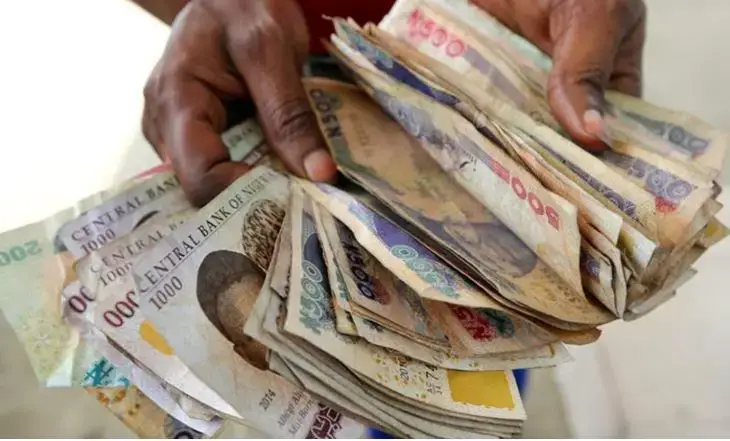A recent report from the United Nations Development Programme (UNDP) has brought to light the harsh reality that over 1.1 billion individuals across the globe are facing severe poverty, with children constituting more than half of this overwhelming number.
Produced annually in partnership with the Oxford Poverty and Human Development Initiative (OPHI), this report highlights the troubling fact that poverty rates are significantly higher—up to three times—in nations impacted by conflict.
In 2023, global conflicts reached their highest levels since World War II, further worsening poverty conditions in these regions.
The UNDP and OPHI have been publishing the Multidimensional Poverty Index (MPI) since 2010, using a range of indicators, including insufficient housing, limited sanitation, lack of access to electricity and cooking fuel, malnutrition, and low school attendance, to comprehensively measure poverty levels.
This extensive index spans data from 112 countries, covering around 6.3 billion people worldwide, offering a broad view of the global poverty crisis.
The 2024 MPI report’s findings underscore the staggering reach of severe poverty across the world.
“The 2024 MPI paints a sobering picture: 1.1 billion people endure multidimensional poverty, of which 455 million live in the shadow of conflict,” stated UNDP’s chief statistician, Yanchun Zhang.
“For the poor in conflict-affected countries, the struggle for basic needs is a far harsher and more desperate battle,” Zhang told AFP.
The Multidimensional Poverty Index (MPI) report from last year found that 1.1 billion people were living in extreme poverty across 110 countries.
This year’s findings reveal further insights into the dire circumstances faced by children, with approximately 584 million minors—accounting for nearly 28 percent of the global child population—enduring severe poverty. In comparison, only 13.5 percent of adults are affected to the same extent.
A significant portion of this poverty is concentrated regionally, as the report shows that 83.2 percent of the world’s poorest individuals are located in Sub-Saharan Africa and South Asia.
Sabina Alkire, the director of OPHI, emphasizes that ongoing conflicts are a significant barrier to poverty reduction efforts.
“At some level, these findings are intuitive. But what shocked us was the sheer magnitude of people who are struggling to live a decent life and at the same time fearing for their safety –- 455 million.
“This points to a stark but unavoidable challenge to the international community to both zero in on poverty reduction and foster peace, so that any ensuing peace actually endures,” Alkire said.
India has the highest number of people living in extreme poverty, with 234 million affected. It is followed closely by Pakistan, Ethiopia, Nigeria, and the Democratic Republic of the Congo.
Collectively, these five nations represent nearly half of the world’s 1.1 billion individuals living in severe poverty.











